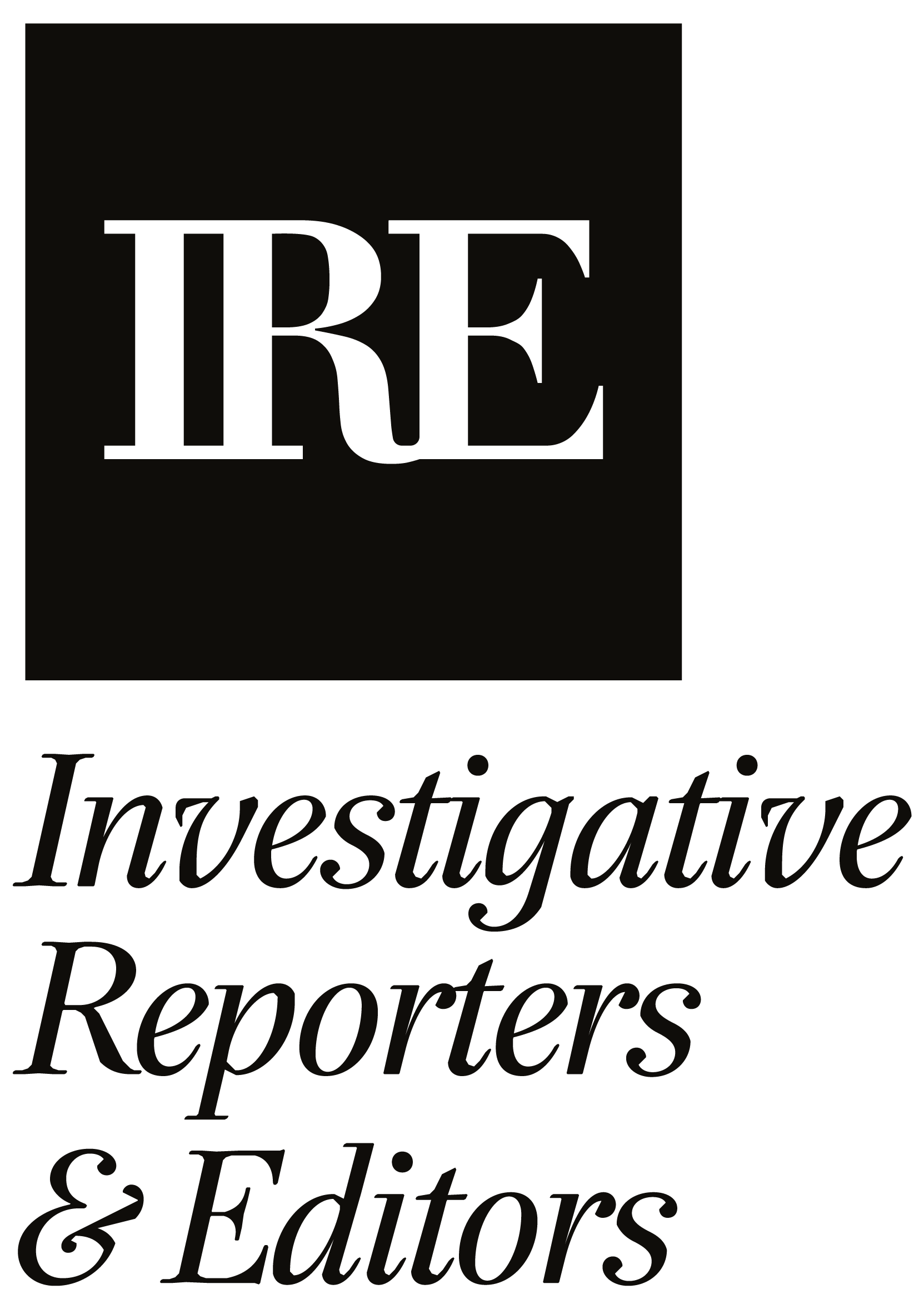By Kelsie Schrader
Every beat comes with challenges and constraints, but health care presents a particularly complex set of issues. Between cutting through the industry’s jargon, finding individual sources and more, it takes time and knowledge to be a successful health care reporter.
Three journalists with experience reporting on health care shared tips and strategies for covering this fast-moving industry effectively — namely, through following the data, following the money and following the people.
Follow the data
Elizabeth Lucas, data editor at Kaiser Health News, said although health care is a difficult beat, it’s helpful to remember that no matter what you’re looking for, there’s probably data related to it. Her go-to sources for health care data include the Centers for Medicare and Medicaid Services, the Centers for Disease Control and Prevention, and the Agency for Healthcare Search and Quality, among others.
Once you’ve got the data, how do you handle it? Lucas offered these tips:
- Know billing codes. All services in health care have their own billing codes used when filling out documentation. These codes can change from year to year, so find out the code for whatever topic you’re searching for at the start of your research.
- Look at the research. See what studies have already been done and talk to the researchers of those studies.
- Talk to the stakeholders. Doctors, academics, nurses, patients and people who do the billing all have a different perspective on the health care industry.
- Understand your data. Reading the documentation for your data is the only way to know what you do and don’t have. “Even if it’s 300 pages, you must read it,” Lucas said. Also, know what’s typically missing from all data, such as providers’ identities and cases or issues that affected fewer than 11 patients. Some things simply aren’t reported.
- Give yourself plenty of time. The data’s probably going to be more complicated than you thought it would be. Plan accordingly.
Follow the money
Kristen Schorsch, a reporter at Crain’s Chicago Business, said money can be very telling when covering the health care industry. She offered several tips for where and how to follow the money.
- Get financial statements. EMMA offers vast information on the financial health of institutions.
- Listen to calls with investors. When you’re researching a particular company, find out when the calls will be happening, and put it in your schedule. If you miss a call, use Alpha to get the transcripts.
- Read 990s. Guidestar has 990s for many nonprofits, which allow you to see how much money a nonprofit takes in, how much the CEO is paid and more.
- Read community benefit reports. These reports help you understand how or whether a hospital is providing a benefit to its community. You can get these from your state attorney general’s office.
- Read contracts. You can FOIA contracts between governments and hospitals to understand how public dollars are being spent.
- Check in with local and state regulators. You can find inspection reports, project approvals, financial information and more at the local and state government levels.
- Research historical trends on costs. The Agency for Healthcare Search and Quality and the Health Care Cost Institute are good places to start.
- Monitor rate filings and financial statements. The National Association of Insurance Commissioners has this information.
Follow the people
Nina Martin, a reporter for ProPublica, used her on-going project on maternal mortality in the U.S, to offer strategies for finding and including humans in health care stories, which can be especially hard with HIPAA.
- Find patient advocacy groups. Think of everything related to the topic you’re researching and search for advocacy groups related to those issues.
- Go to the community. Ask your news organization and others to post callouts to the public. For example, ProPublica worked with NPR, Cosmopolitan and more to post articles asking if readers knew someone who had died or nearly died giving birth. The callouts resulted in over 4,600 personal stories.
- Use crowdfunding sites. Martin said the idea to use GoFundMe as a place to find human sources was an aha! moment in her reporting. The website is current, and you can search for your community to see what’s happening locally.
- Use Facebook Signal. Journalists can apply for this tool available only to journalists to find sources and content on news, culture and more.
Kelsie Schrader is a journalism student at the University of Missouri.
